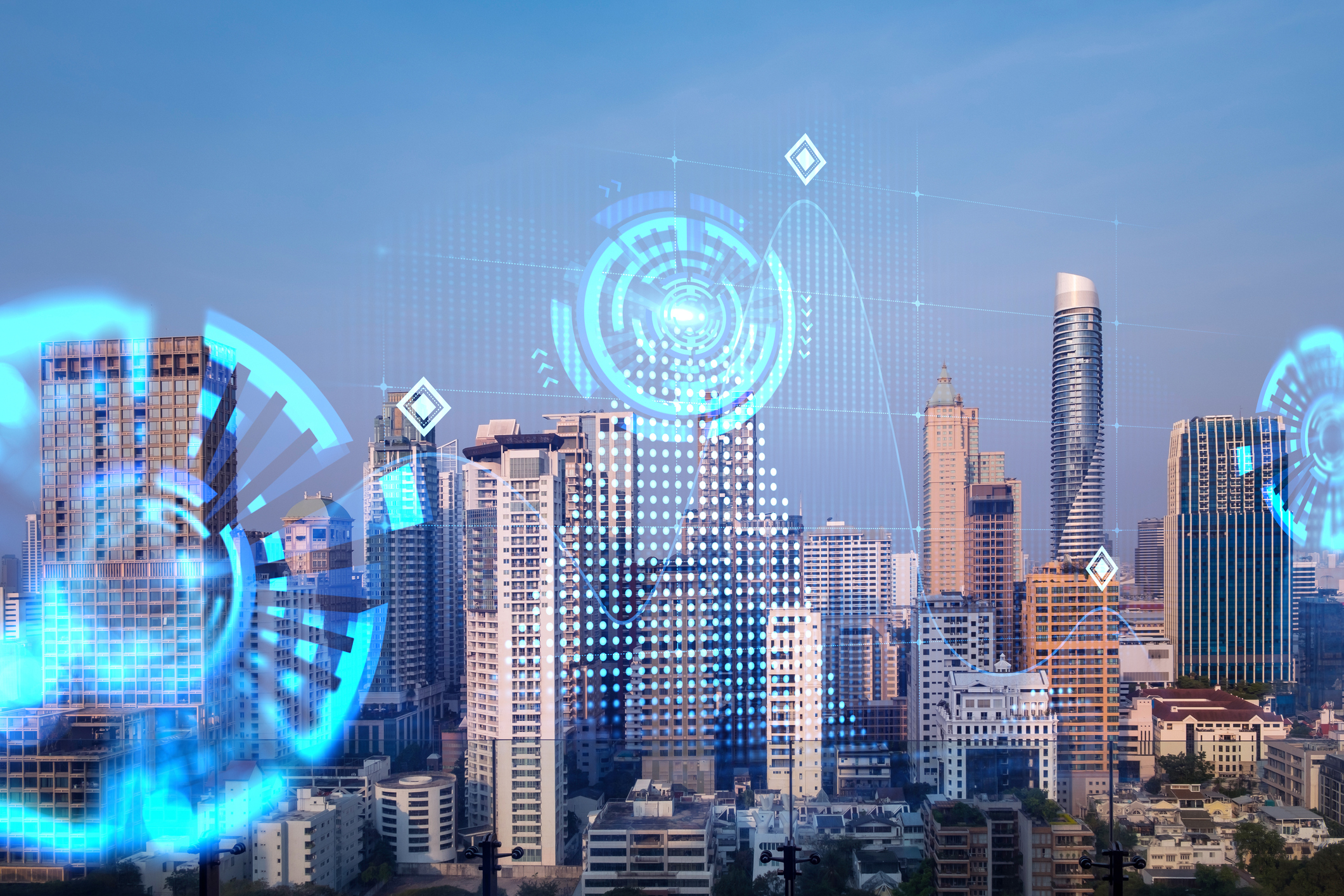As AI evolves, demand explodes
As AI increases in daily use through consumer applications, more brands will deploy these tools for personalized experiences because they are faster and more convenient than traditional business interaction. And that increased use sets up demand for more business-focused applications, which explains why the AI market size is expected to reach $407 billion by 2027.
While utilities, commercial businesses, nonprofits, and government agencies plan to invest in AI and ML, developing the proper solutions can be challenging for several reasons. For starters, there remains a lack of training about how to deploy available tools for industry-specific business tasks. In addition, there is a lack of available data for training these business-focused models. For example, utility companies may lack the necessary data and imagery around infrastructure, such as electric lines, so organizations must figure out how to find viable data sources or build them themselves.
Most businesses lack the in-house expertise to select, build, train, deploy, and validate models. And there remains a lack of machine learning engineers and data scientists in the marketplace. Perhaps most importantly, businesses must contend with how to protect their customer data and high-value data, such as critical infrastructure, as part of the process. Questions remain about how to protect customer data for more operations-oriented edge use cases.
That’s where AI sub-disciplines of machine learning (ML), computer vision (CV), and natural language processing (NLP), combined with location, can make a difference for companies looking to embrace edge use cases. Combining AI and geospatial technologies helps capture, connect, and organize data in-house and externally. They can then automate large-scale tasks, extract insights from enormous data stores, and make accurate predictions to improve processes. They can use AI applications to remove manual, mundane, and time-consuming duties from employees, who can then focus on higher-priority work.
With the proper engineering and data science expertise and experience, companies can employ custom-trained models to detect, capture, and classify features and attributes from raw data, such as imagery. Inference techniques help detect, capture, and classify features and characteristics from raw data sources, from social media to satellite imagery and surveillance cameras.
The benefits of TRC’s location-based AI:
- Augmented workforce capacity and enhanced productivity
- Improved forecasting, decision-making, and performance
- Automated and simplified workflows and processes
- Enhanced products, services, and customer care
- Optimized assets, operations, and infrastructure



